Fairies
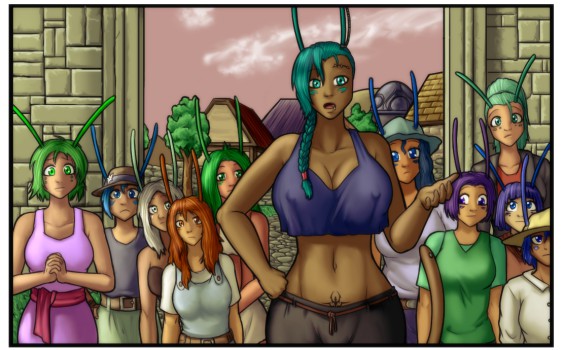
Fairies are genetically engineered creatures that were created by the Draigjibies after their war against the Kulthma around 5000 years ago. They were meant to succeed the draigjibies as their enhanced physiology and magic abilities would allow them to survive and even heal a devastated world. Currently there are roughly a 100 000 fairies alive, but exact number is unknown.
Fairies are biologically immortal due to the special fairy nihillium inside their bodies. It acts as nano-machines in their bloodstream, fixing their wounds and making them healthy. It also protects them from mutating from non-fairy nihilium unless sufficient quantities of foreign nihilinium are introduced to the fairy’s biology, at which point the fairy will become mutated to varying degrees based on level of ‘infection. As such in theory fairies can live forever, however the average lifespan is 500, because accidents happen.
All fairies are hermaphrodites, their tail functioning as the male sex organ. However fairies can’t carry their young fully and need to go lay the egg in the Magic cave, where the newborn finishes maturing.
Fairies come in different elemental types, each one having different kinds of abilities. However every fairy posses the ability to form wing constructs for flight.
Fairy types
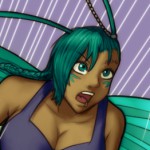
Air fairies are usually tall, with long tail and antennae. They have a carefree personality and a need for speed. They have the power of aerokinesis – they control air currents and pressure which allows them to also fastest flyers of all fairy types. Air fairies make up about 10% of the fairy population.
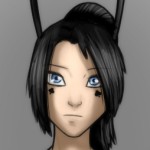
Dark fairies are usually pale and slender, but graceful. Which, combined with their tendency to be calm and quiet, can make them seem creepy to some. They have the power of entropy acceleration – they can speed up time making things crumble to dust quickly. They also posses the ability to drain energy from their surroundings. Dark fairies make up about 4% of the fairy population. Note that dark fairies, despite their names and color, don’t control darkness directly.

Earth fairies are usually stronger and sturdier than average, but overall their external appearance doesn’t stand out. They tend to be stubborn and persistent. Earth fairies have the power of geokinesis – which allows them to control earth, crystals and metals, though rarely all of it efficiently, so specialization is a frequent occurrence. Earth fairies make up about 10% of the fairy population.
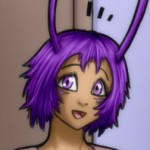
Electric fairies do not have any special physical characteristics, although they tend to have a nervous disposition which is visible in their behavior and body language. They tend to keep their hair short as a precaution. Electric fairies have the power of electrokinesis – can sense and control electric currents and generate electricity as well. Also faster reaction time than most fairies. Electric fairies make up about 5% of the fairy population.

Fire fairies are smaller than average, but also nimble, and usually have a passionate nature. They have the power of pyrokinesis and high fire resistance. Their smaller size is due to fire fairy bloodline getting diluted, as fire fairies rarely get along with each other. However a few pure blood fire fairies lineages remain – they are usually stronger and regular sized than most of their mixed blood brethren. Fire fairies make up about 5% of the fairy population.

Light fairies are average appearance, although their gray and white tones make them seem very shiny in broad daylight, and they actually glow faintly in the night. Positive and cheerful personalities tend to be the norm and they love to help others and fix problems. Due to their branch of magic they have an acute perception of time. Light fairies have the power of entropy reversal – the ability to turn back time, fixing object, healing wounds and so on. In the case where only a single piece of the item remains, the missing bits are recreated by using a lot of light magic. Light fairies make up about 10% of the fairy population.

Magic fairies (also known as Pink fairies) tend to be fit and often possess bigger breasts than average, usually. As a general rule they tend to have a very active libido and have great stamina, both physical and magical. They frequently have a bubbly personality. Magic fairies have the element of pure magic – magic energy attack, magic constructs and magic energy transfers. Magic fairies make up about 25% of the fairy population.
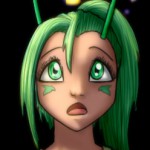
Nature fairies are your typical average fairy, although their general demeanor is seen as appeasing and soothing, with very balanced personalities. They generally prefer to keep their hair long. Nature fairies have power of biokinesis – with which they can heal wounds, accelerate growth, control flora and influence fauna. Naturally heal very fast and almost never get sick. Nature fairies make up about 15% of the fairy population.
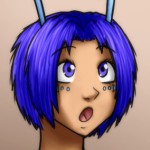
Water fairies are bigger on average, have a higher tendency to have “watery/foggy” eyes, although that can happen to other elements as well. Usually calm and easygoing, they can hold their breath underwater very long or even breathe underwater using their magic. Water fairies have the power of hydrokinesis and also the ability to change water temperature/state at will. Water fairies make up about 15% of the fairy population.




interesting
Personally I like what dark fairies and Nature fairies can do – their abilities seen to have a lot more utility or applications
This is a great page
Glad you like it